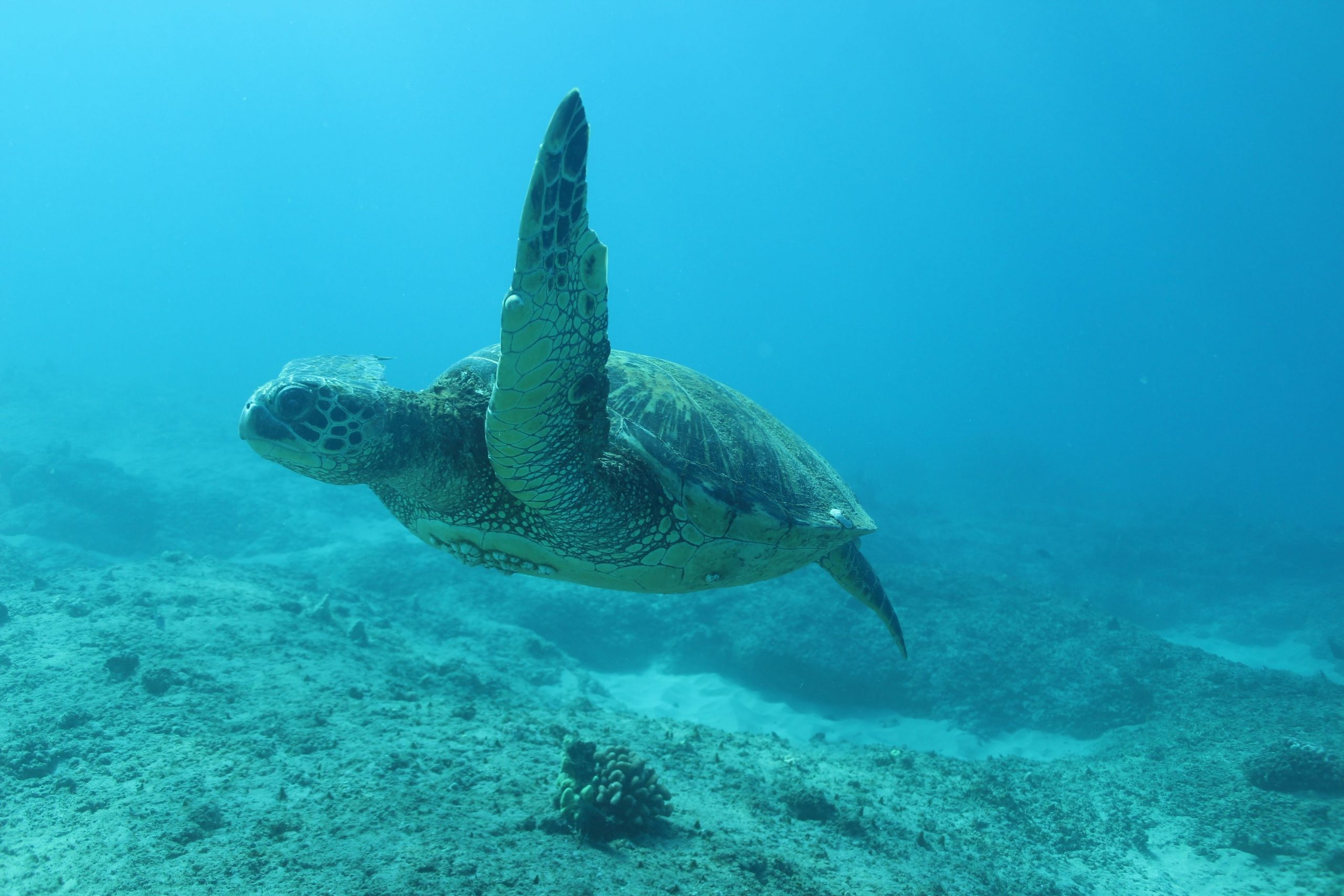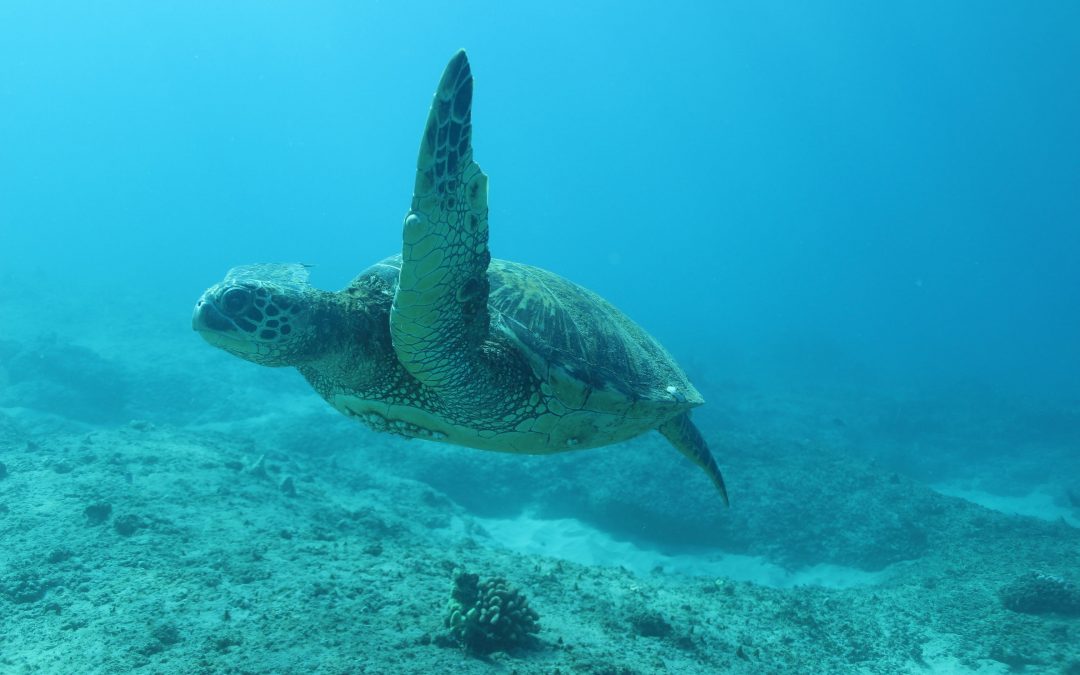How long can Hawaiian Sea Turtles hold their breath?
Short Answer: Sea turtles can hold their breath for an average of 4 to 7 minutes during routine dives
Hawaiian sea turtles, known as Honu, possess remarkable abilities when it comes to breath-holding underwater. These majestic creatures, primarily the green sea turtles (Chelonia mydas), are renowned for their extended dives, which can last quite impressively. Studies have shown that these sea turtles can hold their breath for an average of 4 to 7 minutes during routine dives. However, in certain circumstances, such as when they are resting or sleeping underwater, they can remain submerged for even longer durations.
One of the primary reasons for their exceptional breath-holding capabilities lies in their physiology. Hawaiian sea turtles have evolved specialized adaptations that enable them to efficiently conserve oxygen and endure extended periods without surfacing for air. Their slow metabolic rate, coupled with their ability to reduce blood flow to non-essential organs while diving, allows them to utilize oxygen more efficiently, thereby prolonging their dive times.
Additionally, Hawaiian sea turtles exhibit behaviors that further optimize their breath-holding abilities. When diving, they often employ a slow and steady swimming technique, conserving energy and oxygen consumption. Moreover, these turtles are known to take deep breaths before submerging, fully saturating their lungs with oxygen, which enables them to sustain longer dives without the need for frequent resurfacing.
However, it’s essential to note that the duration of a Hawaiian sea turtle’s breath-holding capability can vary depending on various factors, including age, health, and environmental conditions. Younger turtles or those in poor health may not hold their breath as long as healthy adults. Furthermore, factors such as water temperature, prey availability, and the presence of potential predators can influence their diving behavior and breath-holding capacity. Despite these variables, the Hawaiian sea turtle’s remarkable ability to hold its breath remains a fascinating aspect of its biology, contributing to its survival and adaptation in its marine habitat
Do sea turtles sleep underwater?
Sea turtles, including Hawaiian sea turtles, have been observed resting underwater, exhibiting behaviors that resemble sleep. While they don’t sleep in the same way humans do, sea turtles can enter a state of reduced activity where they remain motionless for extended periods. During these resting periods, sea turtles may tuck their flippers close to their body and float near the water’s surface or settle on the ocean floor. This behavior allows them to conserve energy while still being able to monitor their surroundings for potential threats. Despite resting underwater, sea turtles must periodically surface to breathe, as they are air-breathing reptiles. Therefore, they alternate between brief periods of rest and surfacing for air, demonstrating remarkable adaptations to their marine environment.
How long can a sea turtle stay out of water?
Sea turtles are adapted to spend the majority of their lives in the ocean, but they are also capable of surviving on land for varying periods. Typically, sea turtles can endure being out of the water for several hours, with some species able to tolerate longer durations than others. Factors such as species, age, size, and environmental conditions influence their ability to remain out of water. For instance, larger adult sea turtles generally have more body mass and thicker shells, allowing them to retain moisture for longer periods compared to smaller individuals. However, extended periods out of water can be stressful and potentially harmful to sea turtles, as they rely on the ocean for hydration, thermoregulation, and protection from predators. Therefore, while sea turtles can briefly venture onto land, it is essential for their well-being to return to the water as soon as possible.

